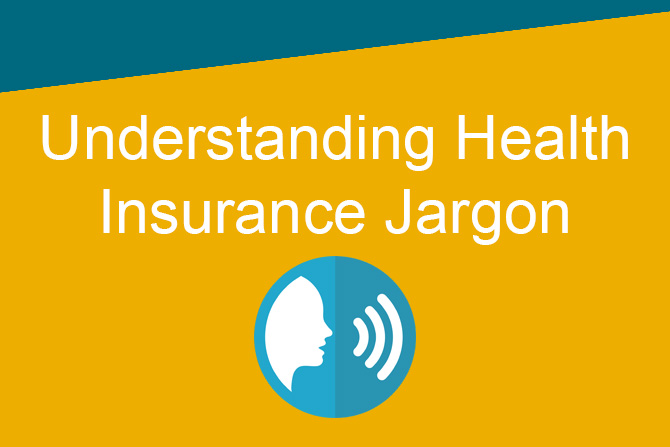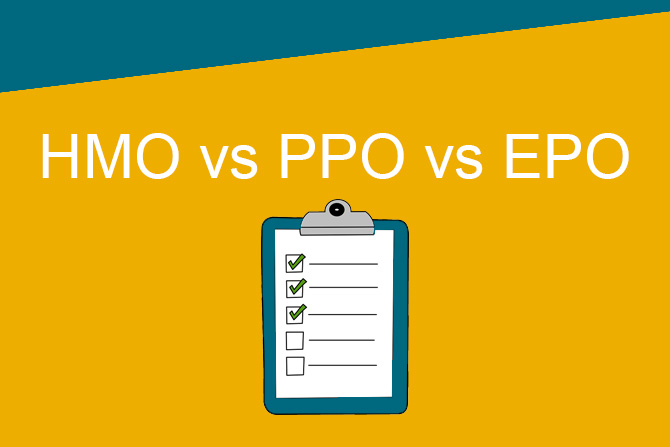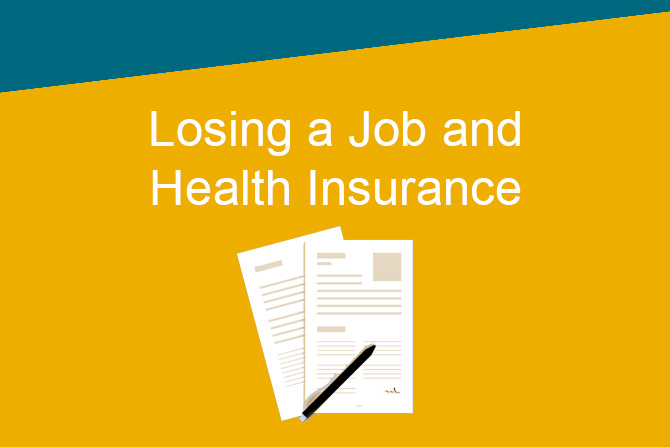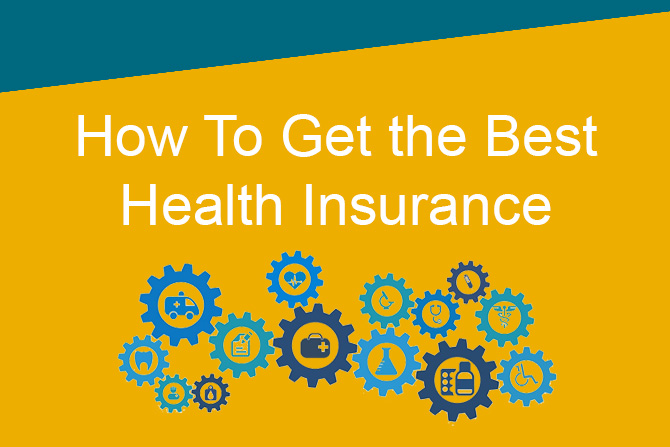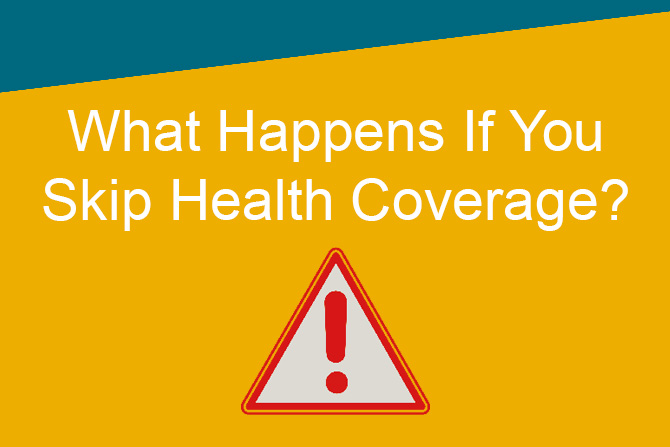What Are Health Insurance Subsidies?
June 09, 2020
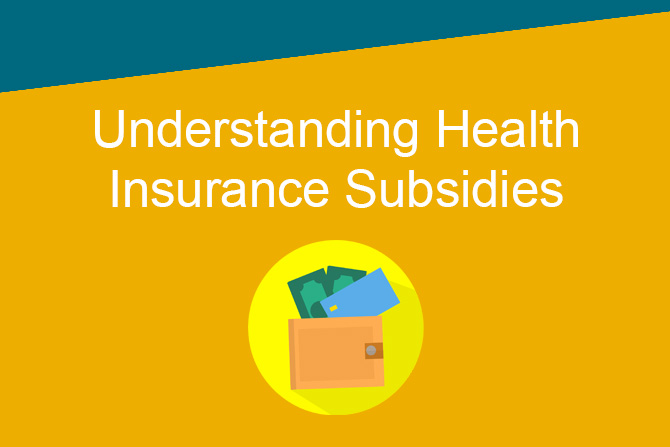
This is a very challenging time financially for many people. Unfortunately, it may be tempting or seem necessary to forego health insurance. It’s an extremely difficult position to be in – save some money now vs. incurring potentially major expenses later.
Faced with a choice like that, don’t forget that there are subsidies to assist folks in need when it comes to paying for their health insurance. These subsidies can help reduce monthly premiums to a more manageable level. They can also enhance the plan and reduce the cost of services.
How Do Subsidies Work?
Your eligibility for a health insurance subsidy and the amount you can receive are based on your estimated annual income. That means your income compared to the federal poverty level, with guidelines adjusted every year by the government. If you think your income for the upcoming year will be less than four times the poverty level, you should be able to qualify for a subsidy.
These subsidies are available for plans obtained through the health care marketplaces. Dates for open enrollment are normally Nov. 1 through Dec. 15, with your plan being effective on the following Jan. 1. There are also situations where a “qualifying life event” can make you eligible to sign up outside of that time period.
The Covered California insurance marketplace has declared a special enrollment period that extends through June 30.
Plans available through the health insurance marketplaces come in four tiers: Bronze, Silver, Gold and Platinum. These levels don’t actually reflect the quality of the coverage. They are related to how much of the insurance costs are covered by the insurance company. Premiums are based on several factors that can include age, zip code of residence, household size, projected household income, and the plan and benefit level selected.
Keep in mind that there are variations in subsidies depending on which state you reside in. States can determine their own guidelines on the amount of aid they provide and who can qualify to receive it.
An important term to be aware of is “premium cap.” This is a reasonable spending level arrived at by the state and is based on a certain percentage of your anticipated annual income that would go toward paying your insurance premium. Your subsidy, then, makes up the difference between the premium required for a Silver plan and the premium cap determined by the state.
Are There Choices?
There are two kinds of subsidies. Which one you apply for has an impact on which tier of plan you can select.
Cost Sharing Reduction
- Annual income less that 400% of federal poverty level
- Applicable only to Silver tier plan (Covered California: You are not required to choose a silver-level plan, but if you qualify and choose silver, your cost will be reduced)
- Based on the premium required for Silver plan
- Access to an enhanced Silver plan with lower deductible, copayments, coinsurance and out-of-pocket maximum
- Cost subsidy applied automatically as health care services are used
Covered California: Individuals who are eligible for premium assistance and have an annual household income of up to 250% of the FPL can qualify for cost-sharing-reductions.
Premium Assistance
- Annual income between 100% and 400% of federal poverty level (138% for Covered California)
- Based on premium for Silver tier plan, BUT application to any tier level
- Subsidy available in advance to apply to premiums throughout the year or as a one-time credit when you file tax return
Covered California: Those enrolling through Covered California are not eligible for other public health coverage. You also must not have access to affordable, minimum-value, health insurance through an employer.
Another option altogether for dealing with health care costs is applying for Medicaid (Medi-Cal in California). These programs are also based on income level as well as several other factors. Details vary depending on the state, so you’ll need to understand those for your particular situation.
Can I Get Assistance?
Making the right choice takes some research and learning. But it can make the difference between retaining your health insurance coverage or “going bare.” KeenanDirect is here to help you explore your options.
And we invite you to click here for some helpful advice if you’ve recently lost your job.



